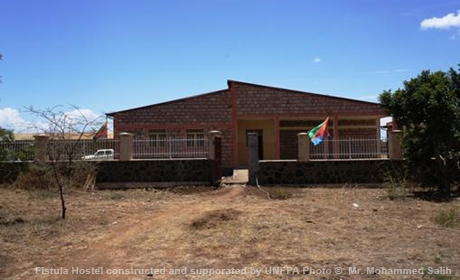Key humanitarian results 2020

Women assisted to deliver babies safely in UNFPA-supported facilities

Dignity kits and/or other Non-Food Items distributed

Through concerted efforts by the Government and many partners, Eritrea has dramatically reduced maternal death in recent years in spite of a shortage of trained health workers, low contraceptive prevalence rates, and the persistence of child marriage and female genital mutilation or cutting. Since 1993, UNFPA has helped improve access to quality maternal and newborn health, family planning, and HIV and STI prevention services. The Fund has also worked at the policy level to help advance gender equality and reproductive rights.

Women assisted to deliver babies safely in UNFPA-supported facilities

Dignity kits and/or other Non-Food Items distributed
The designations employed and the presentation of material on the map do not imply the expression of any opinion whatsoever on the part of UNFPA concerning the legal status of any country, territory, city or area or its authorities, or concerning the delimitation of its frontiers or boundaries. The dotted line represents approximately the Line of Control in Jammu and Kashmir agreed upon by India and Pakistan. The final status of Jammu and Kashmir has not yet been agreed upon by the parties.
Utilizamos cookies y otros identificadores para mejorar su experiencia en línea. Al utilizar nuestro sitio web usted acepta esta práctica, consulte nuestra política de cookies.